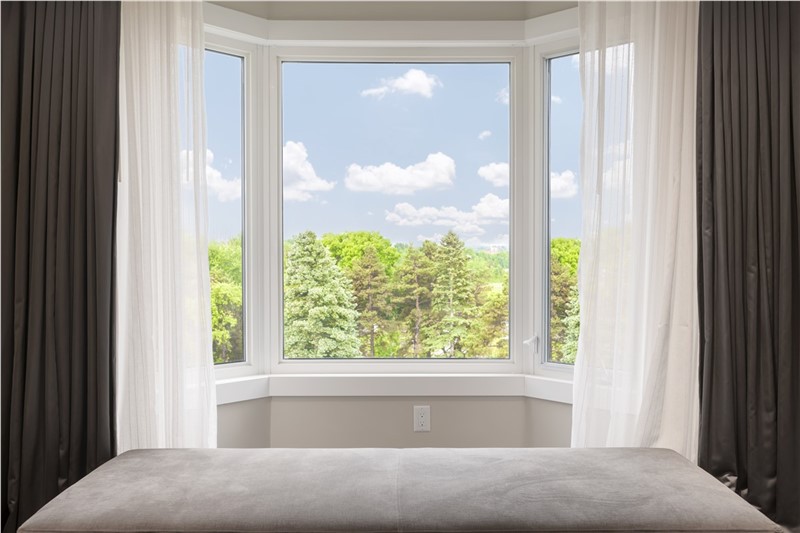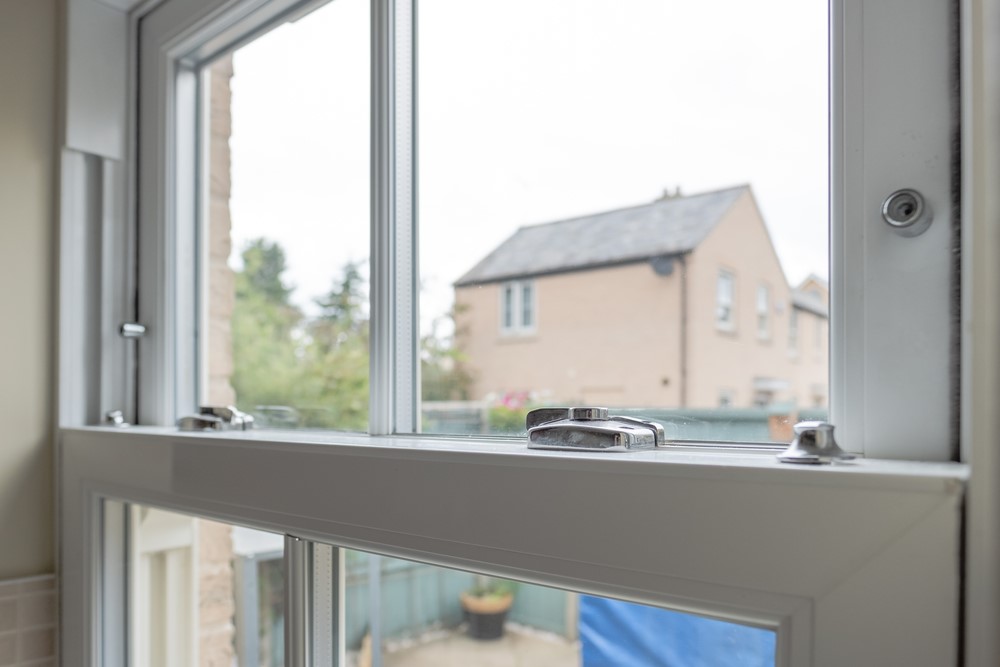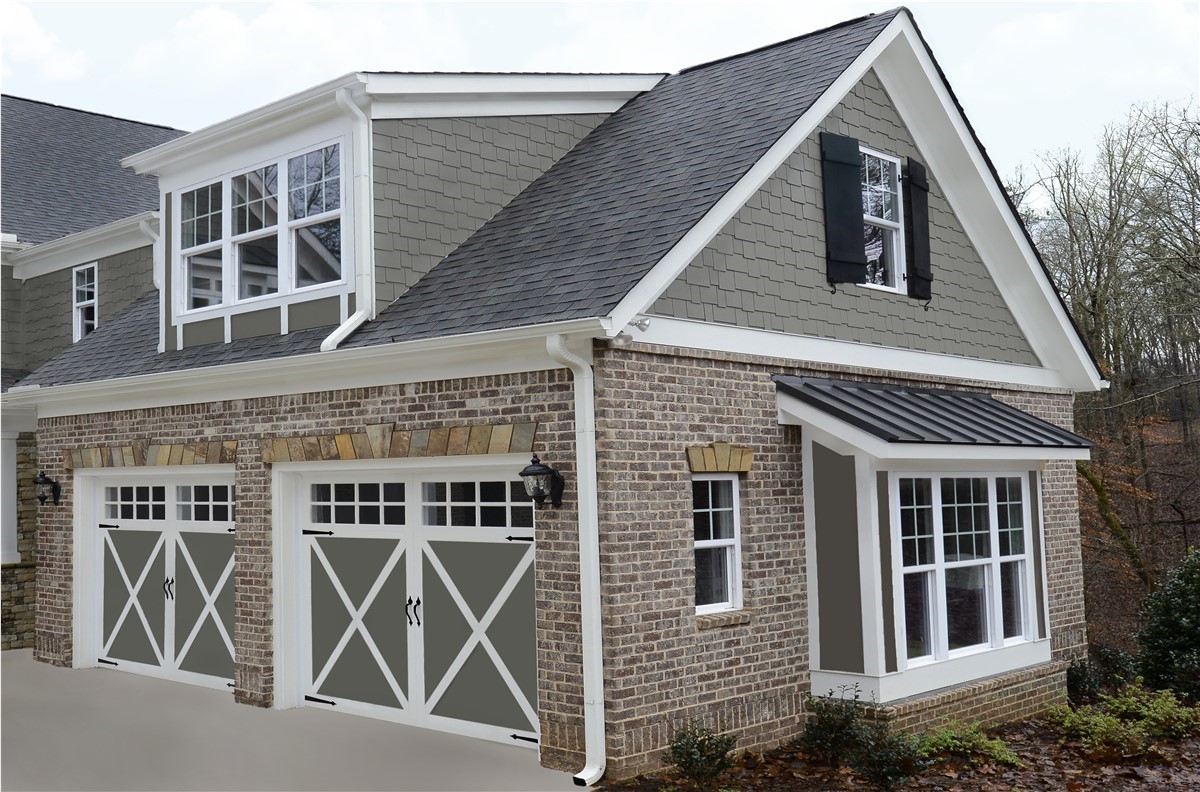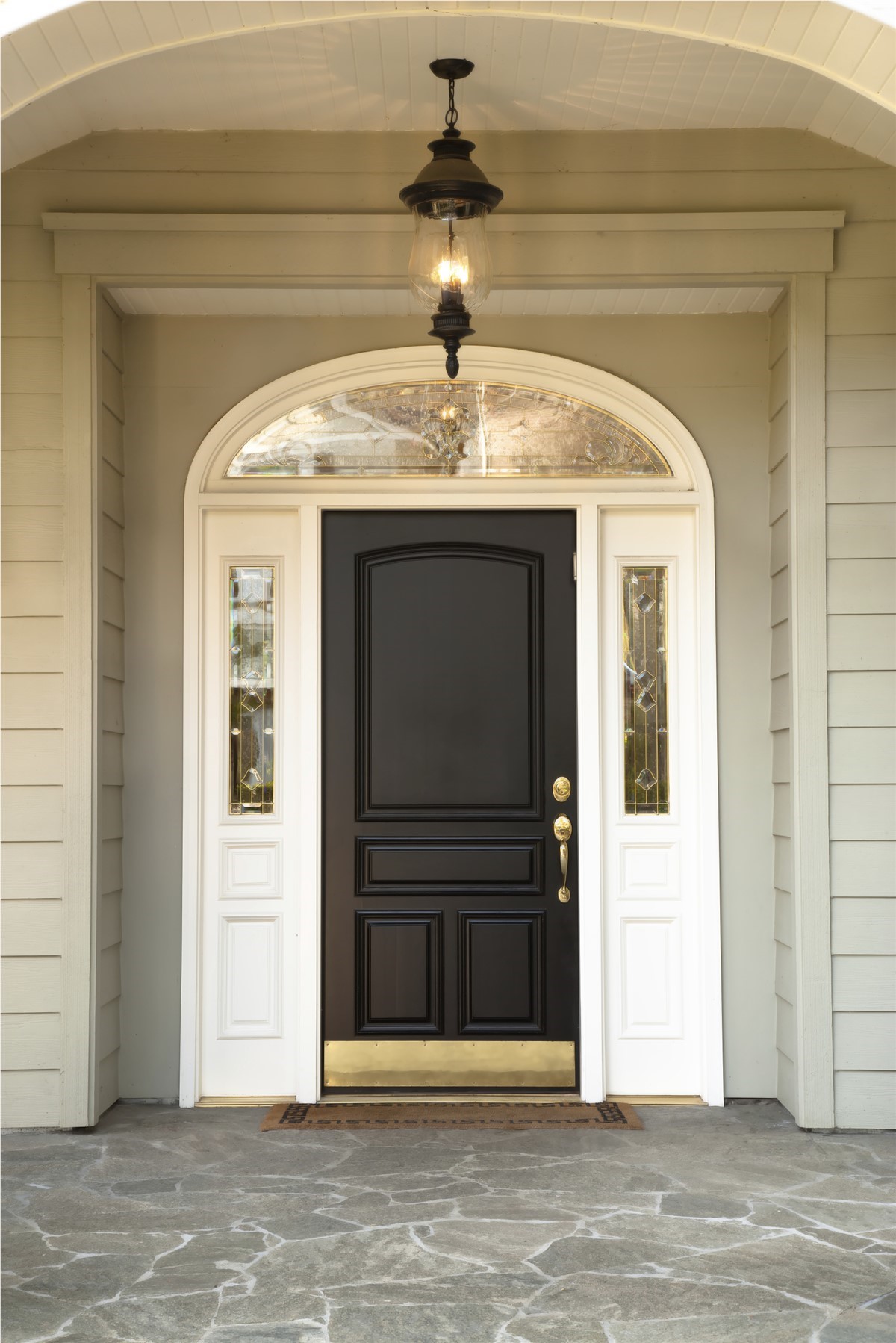
If you are considering new window installation, no doubt you want to know everything about the product you are investing in. Well, replacement windows are highly regulated and tested just like any other home building product. When shopping for windows, you will see many ratings and certifications on them, all of which can be confusing!
As long-established window contractors, Legacy Remodeling knows the importance of well-made windows and a satisfied customer. We’ve put together a list of some of the common certifying groups and organizations, and an explanation of the ratings you’ll see on your windows:
NFRC Ratings
The National Fenestration Rating Council (NFRC) is an independent, non-profit council that provides an objective performance rating for fenestration products, or replacement windows. You’ll likely see their label on many of the windows you check out. This label shows energy efficiency ratings, such as:
- U-Factor
- Solar Heat Gain Coefficient
- Visible Transmittance
- Air Leakage
- Condensation Rating (optional)
AAMA Certification
The American Architectural Manufacturers Association is a third-party organization that also has its own certification for replacement windows and other products. When you see the AAMA label it means that the product has passed performance tests for resistance to:
- Air Leakage
- Water Penetration
- Wind Pressure
Energy Star Rating
Energy Star is a voluntary US government-backed program run by the Environmental Protection Agency. You may see an Energy Star label on products that meet the following energy efficiency standards:
- Contributing to significant energy savings nationwide
- Product pays for itself with energy savings in a reasonable amount of time
- Achieved through technologies offered by more than one manufacturer
- Energy consumption is measurable and verifiable with testing
- Product delivers features and performance expected by customers
U-Factor VS R-Value
According to SBC Magazine, the R-Value of a product is its ‘resistance to heat flow’ or ability to slow heat loss or heat transfer into the home. The higher the R-Value the more insulating your products. Not many companies use R-Value to rate windows these days because traditionally it is used to measure house insulation. Most window manufacturers boast the U-factor, which is a measure of how much heat flows through 1 sq. ft. of material. The lower the U-factor the better because this means that less heat is flowing through that material.
Solar Heat Gain Coefficient
The Solar Heat Gain Coefficient (SHGC) is a measure of how much solar radiation travels into the glass window and is released into the home as heat energy. Essentially, a low SHGC means that the window offers better cooling ability against the sun’s rays.
Visible Transmittance
This measure is the fraction of the visible light that is transmitted through a window. Visible Transmittance (VT) is measured within the spectrum of light visible to the human eye, which is about 380 to 720 nanometers. The VT rating is displayed as a fraction between 0 and 1, and the larger the fraction the more light is allowed in through a window.
Air Infiltration or Air Leakage
The Air Infiltration of a product is a measure of how airtight a product is when installed. Essentially, it is measured by looking at the difference in air pressure on the inside versus the outside of a room. The American Architectural Manufacturer’s Association states that the industry standard for quality replacement windows is “no more than 0.3 cubic feet of air passing through the entire manufactured unit per minute, per square foot.”
Water Penetration
If you live in an area with lots of heavy rain and wind, you’ll be concerned about the water penetration or Air and Water Leakage Resistance of your windows. According to the American Architectural Manufacturer’s Association, this is measured by the amount of pressure or PSI it takes to force water droplets through the windowsill. The higher the PSI required, the more watertight and airtight your window.
PDF: http://www.aamanet.org/upload/file/Water_Resistance_Testing_of_Windows_and_Doors-FINAL.pdf
Design Pressure
The Design Pressure of a window is a structural rating for windows that indicate how much sustained wind a window can handle. According to Inspectapedia, the minimum recommended DP rating for windows is 15 pounds per square foot (psf). Windows are always tested at 150% of their actual rating for safety reasons. So, 15 PSI means that the window was tested with sustained pressures of 22.5 psf.
Sound Transmission Class
Everyone living in the city wants to know if their replacement windows will block out the noise. Well, the sound transmission class should give you an indication. Also known as the “Sound Reduction Index” this is a measure of how many decibels outside noise is reduced by a window. For instance, a window with an STC rating of 40 will make 70 decibels of outside noise sound like 30 decibels inside.
Condensation Resistance
The condensation resistance (CR) of a window is a measure of how well it resists condensation formation on the inside surface. CR is listed as a number between 1 and 100. The higher the CR rating the more resistant the window is to condensation.
Now that you know a little bit more about windows and how they are rated, allow our window contractors to explain the installation process to you during a free consultation. Just give us a call or fill out our online form to speak with a representative right away. Legacy Remodeling will be happy to arrange a free quote for your window installation too.
Subscribe to Legacy Remodeling's Blog











Comments